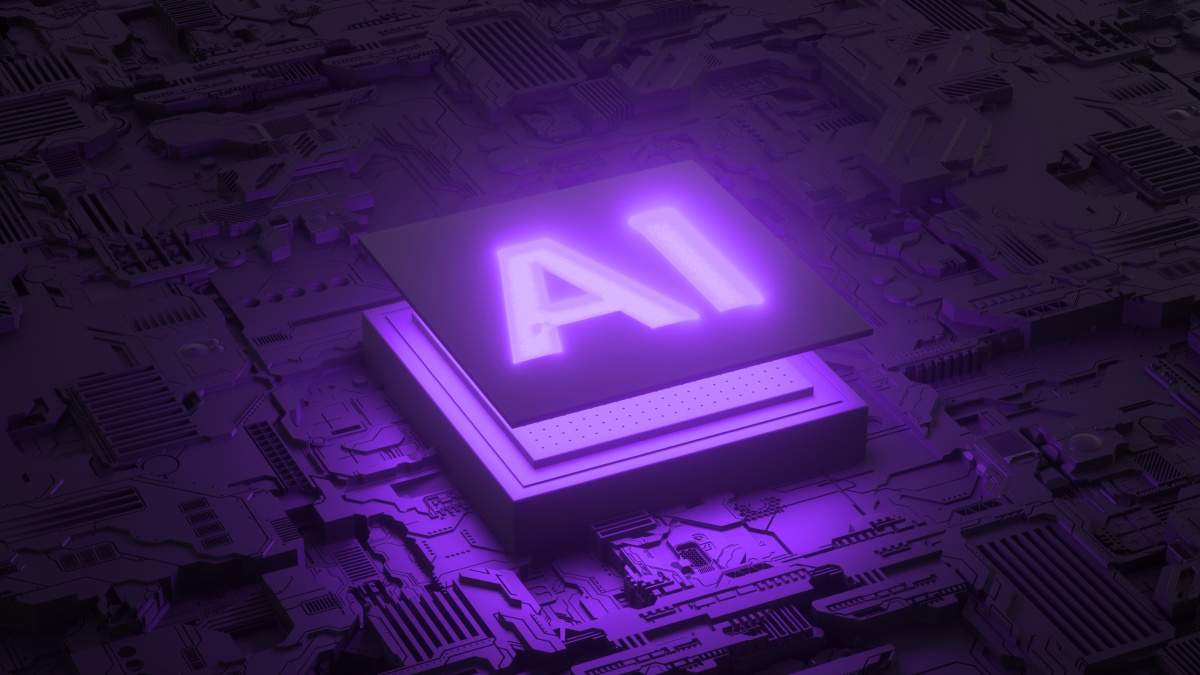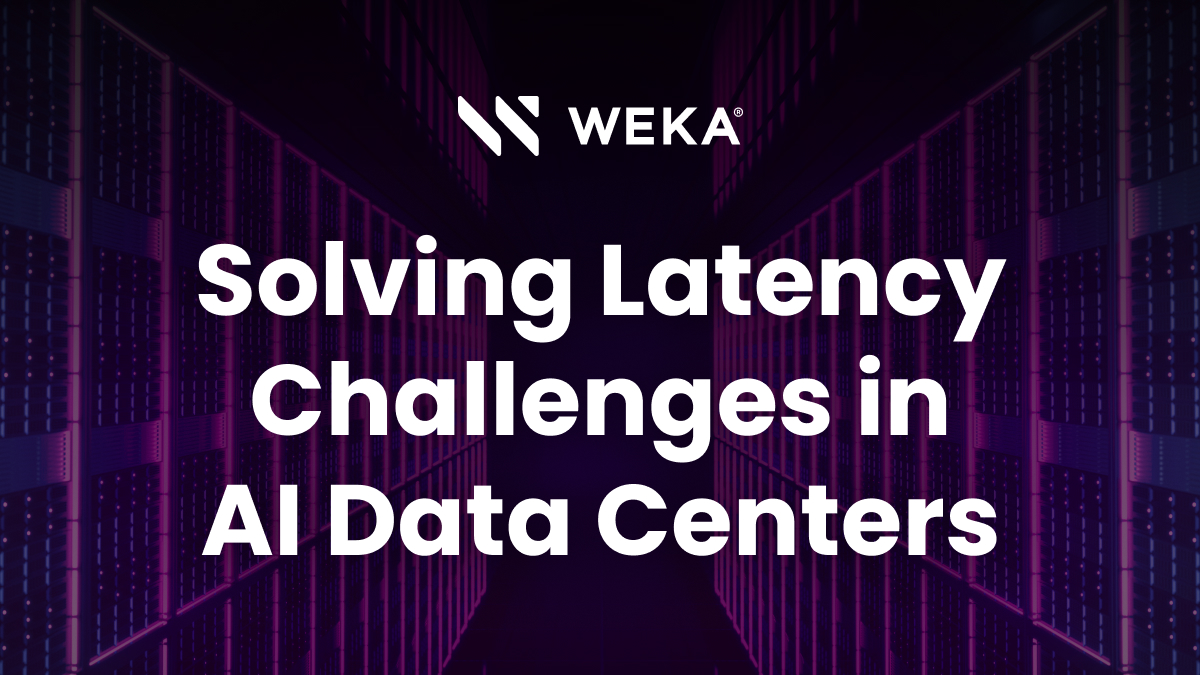HPC in the Enterprise: Getting Past the Jargon and Stereotypes

High-Performance Computing (HPC), has become an essential success factor for many businesses. Perhaps your competition is already using HPC to gain that extra edge. HPC may be helping them to design new products or optimize manufacturing processes, or create simulations, or perform data analytics. Maybe they’re doing all of that. Perhaps HPC is their secret weapon.
If you’re thinking it’s time to move ahead with HPC, Artificial Intelligence (AI), Machine Learning (ML) and Deep Learning (DL) that enables practical application of ML in the field of AI. Nobody is trying to confuse you – much. But as you look at HPC, you’ll quickly encounter a whole range of unfamiliar shorthand abbreviations, contractions, and acronyms. They become useful in writing and conversation, providing we all know what they stand for. But High Tech loves to throw them around without explanation, and it’s understandable that we might be baffled by new and obscure letter combinations. (Of course, High Tech isn’t the only arena that finds abbreviations helpful. Did you know that ‘Desi Arnaz’ was an abbreviation of the bandleader’s full name, ‘Desiderio Alberto Arnaz y de Acha III’?)
HPC shorthand references might include GPUs, TPUs, FPGAs. So, what are these things and why should you care? These come up regularly in HPC discussions and are examples of the advanced processor designs developed to make HPC viable.
Starting with GPUs, or graphics processing units. These are critical to HPC as co-processors to CPUs (central processing units) that do the primary computational work. GPUs accelerate application processing by taking over compute-intensive and time-consuming portions of code. While CPUs have four to eight cores, GPUs might have hundreds or thousands of small cores in a massively parallel architecture.
Tensor Processing Units (TPU) are a proprietary design developed by Google to accelerate artificial intelligence processing and machine learning in neural networks. Google allows access to TPUs through its cloud-computing service and man-machine games. A single TPU in Google Photo is said to be able to process over 100 million photos a day.
A field-programmable gate array (FPGA) is an exciting technology used in HPC to create an integrated circuit that can be configured in the field after manufacture. It enables flexible design of new high-performance, low latency digital circuits to solve specific problems. Intel is the leader here, including helping to create the Open Programmable Acceleration Engine (OPAE) to handle details of the FPGA reconfiguration process. OPAE includes example programs to improve developer productivity.
Of course, we need more than compute nodes. Add a high speed, low-latency network, storage, an operating system, application software, and you have the makings of a super-computer to accelerate your next scientific or business breakthrough. In fact, the common components aren’t much different than what’s already in your data center. And it’s important to note that today’s high-performance computers are not the inordinately complex and expensive systems once exclusively devoted to incomprehensible scientific or engineering problems. Newer HPC is much simpler, more accessible and extraordinarily fast. Built from commodity components, think of today’s HPC as thousands of servers all clustered together working on a single problem. And if you don’t want to have your own, you can get HPC through a cloud provider.
Yes, bio-sciences and human genome research have long led in the use of HPC. But other industries and applications have become widespread as well. HPC helps automotive, structural and mechanical engineering design. It’s used for computer-aided graphics in film and media. Wall Street and banks are heavy users of HPC to automate trading, do risk analysis and manage portfolios. Oil and gas exploration, defense industries, universities, weather forecasting, all make use of HPC. It’s likely that your sector is already using it too.






